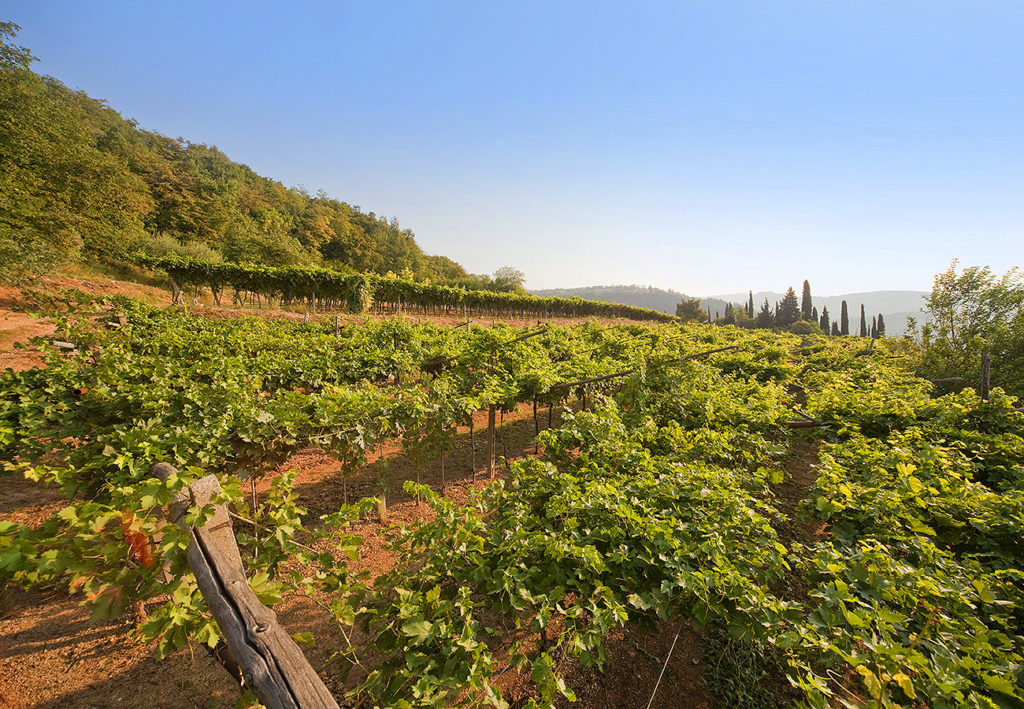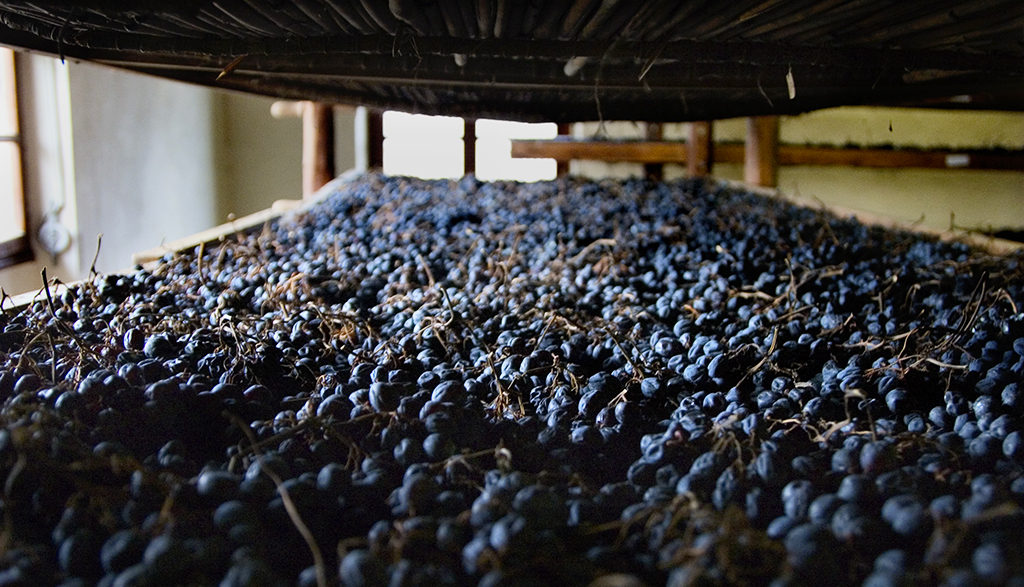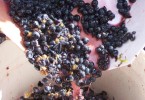Amarone della Valpolicella: from DOC to DOCG
Amarone della Valpolicella is a precious red wine that is part of one of the most important DOCG of Veneto, that affect more precisely the area of the Province of Verona. The existence of this wine can be dated back to the past and it received the DOC label (Denominazione di Origine Controllata) in 1968, becoming then a DOCG (Denominazione di Origine Controllata e Garantita) in 2010 a certified area that concerns also other variation of Amarone della Valpolicella “classico”, “Valpantena” and with the characteristic of “riserva”.
Origins of Amarone della Valpolicella
The first trace of the presence of this wine, maybe a forefather, comes directly from IV century AC, when Cassidoro, king of Visigoti wrote a letter to the landlords of Valpolicella asking them to produce a wine for his royal meals, made with a special technique of withering, called Acinatico that he defined as “winter must, cold blood of grapes”. The fame of this wine continues in the centuries throughout official documents and humanistic studies, so that in the Age of Enlightenment, Scipione Maffei in one of its important works proposed the word “amaro” (in English, “bitter”) to show a wine “d’una grazia particolare prodotto in Valpolicella” (in English, “with a particular grace produced in Valpolicella”). In 1953, instead, there is the proof of the first trade of a bottle labelled Amarone della Valpolicella and from there the denomination DOC and then DOCG with the fame that we all know very well of this warm and structured wine.
Production areas
Learning further details of this exceptional wine, it is important to clarify something really important: we don’t talk just of the Province of Verona, the code of conduct is pretty strict, in fact it defines precisely the production areas of the DOCG of Amarone della Valpolicella. This enclose, all or just a part of the Municipalities of Marano, Fumane, Negrar, S. Ambrogio, S. Pietro in Cariano, Dolcè, Verona, S. Martino Buon Albergo, Lavagno, Mezzane, Tregnago, Illasi, Colognola ai Colli, Cazzano di Tramigna, Grezzana, Pescantina, Cerro Veronese, S. Mauro di Saline and Montecchia di Crosara.
Specific characteristics of the product
Amarone della Valpolicella is one of the most ancient Italian wines and it is obtained through the withering of grapes preserved in containers called “fruttai” for 100/120 days where the sugary fermentation comes to an end. The main grape varieties are Corvina Veronese (Crunia or Corvina) from 45% to 95%, Rondinella from 5% to 30% and a maximum of 25% of grapes coming from vines with non-aromatic red berries.
It has an intense red colour, garnet-coloured, and perfumes of withered fruit, tobacco and spices, and sometimes also chocolate. The taste is dry but soft, full-bodied and velvety; it can be preserved for more than 20 years.
Its organoleptic properties make it perfect to pair second courses of meat, games, seasoned cheeses but also tasted pure as meditation wine.
Rules for the refining and vinification
According to the code of conduct, the withering of grapes for the production of Amarone della Valpolicella have to take place within the production area and the vinification never before the 1st of December. The same grapes, after the withering have to have a minimum natural alcohol by volume of 14% vol.
According to the regulation of the DOCG, the wines Amarone della Valpolicella, before entering the market they have to be subjected to an ageing for at least two years, starting from the 1st January after the year of production of the grapes. As for Amarone della Valpolicella “riserva” the minimum period of ageing increases to 4 years starting from 1st November of the year of the grape harvest.









